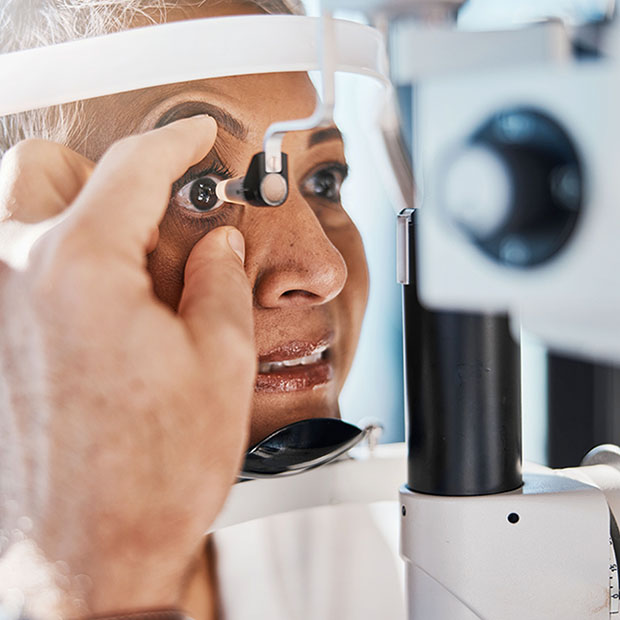A Guide to Glaucoma

The pressure of the fluid in our eyes is incredibly important to our eye health.
Maintaining clear vision involves a complex interaction of various components within the eye. When any of these components falter, it can significantly impact both vision and overall eye health. A critical but often overlooked aspect of eye health is the fluid pressure inside the eye. Abnormal fluctuations in this pressure can lead to ocular nerve damage, a condition known as glaucoma, which can result in permanent vision loss if not addressed.
Understanding the Eye’s Fluid Dynamics
The eye contains two types of transparent fluids: aqueous humor in the front chambers and vitreous humor in the larger back chamber. These fluids are constantly refreshed to maintain optimal eye health. Proper drainage of old fluid is as essential as the production of new fluid. Any disruption or blockage in this drainage process can lead to increased eye pressure and, subsequently, glaucoma.
Types of Glaucoma: Angle-Closure and Open-Angle
Glaucoma manifests in several forms, with angle-closure glaucoma and open-angle glaucoma being the most common. Angle-closure glaucoma, which can cause symptoms like nausea, eye pain, blurred vision, and halos around lights, occurs when the iris blocks the eye’s drainage canals. This form of glaucoma requires immediate medical attention due to its rapid onset.
Conversely, open-angle glaucoma, which accounts for about 90% of cases, involves a slower clogging of the drainage canals and often goes unnoticed until significant damage has occurred. Regular eye exams are crucial for early detection and intervention.
Risk Factors for Glaucoma
Certain populations are more at risk for developing specific types of glaucoma. For instance, angle-closure glaucoma is more prevalent among individuals of Asian descent, while open-angle glaucoma is more common among Black and Hispanic populations, as well as the elderly. A family history of glaucoma significantly increases one’s risk, as do previous eye injuries and long-term steroid use.
Proactive Measures to Protect Eye Health
There are several steps individuals at risk can take to mitigate the chance of developing glaucoma:
- Steroid Precautions: Discuss any steroid use with your eye doctor as steroids can increase eye pressure.
- Diet and Exercise: A healthy diet rich in vitamins and moderate exercise such as walking can help reduce eye pressure.
- Protective Eyewear: Use safety glasses during activities that could lead to eye injuries.
- Sleep and Posture Considerations: Be mindful of sleeping positions and avoid prolonged head-down activities that might increase eye pressure.
- Sun and Oral Health Protection: Wear sunglasses to protect against UV rays and maintain good oral hygiene to potentially prevent optic nerve damage linked to gum disease.
- Blood Pressure Management: Coordinate with your healthcare provider to manage blood pressure medications, as they can affect glaucoma, especially at night.
The Importance of Early Detection
While the damage caused by glaucoma can’t be reversed, early detection can halt its progression. Understanding your risk factors and maintaining regular eye check-ups are essential for protecting your vision. With timely diagnosis and treatment, we can effectively manage glaucoma and preserve eye health.
We are committed to ensuring your vision remains healthy and clear. If you have concerns about glaucoma or other vision issues, please reach out. Your eye health is our top priority!